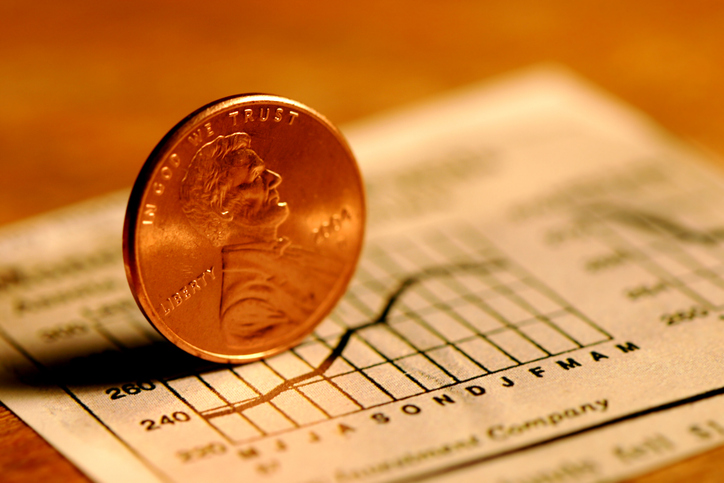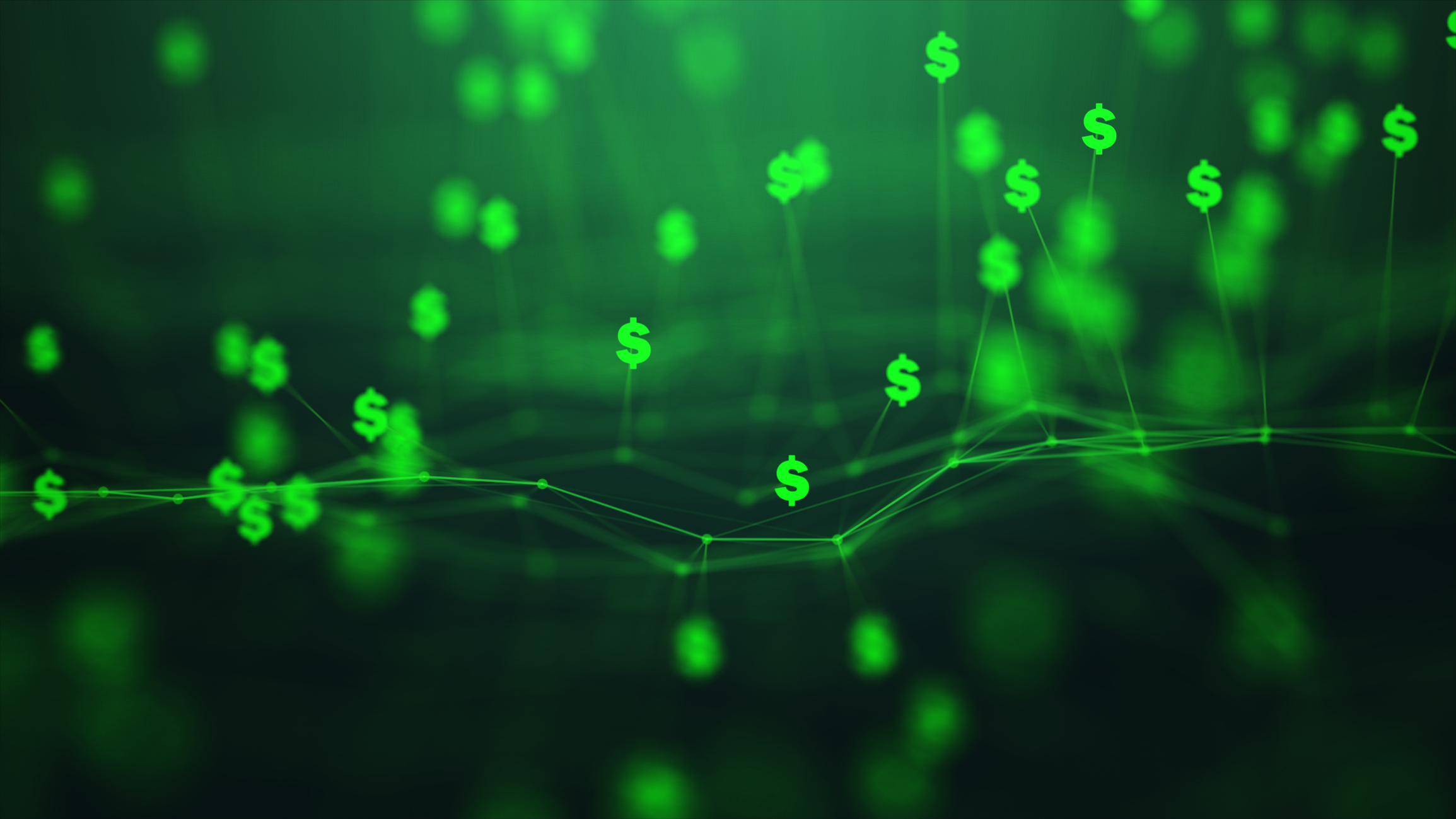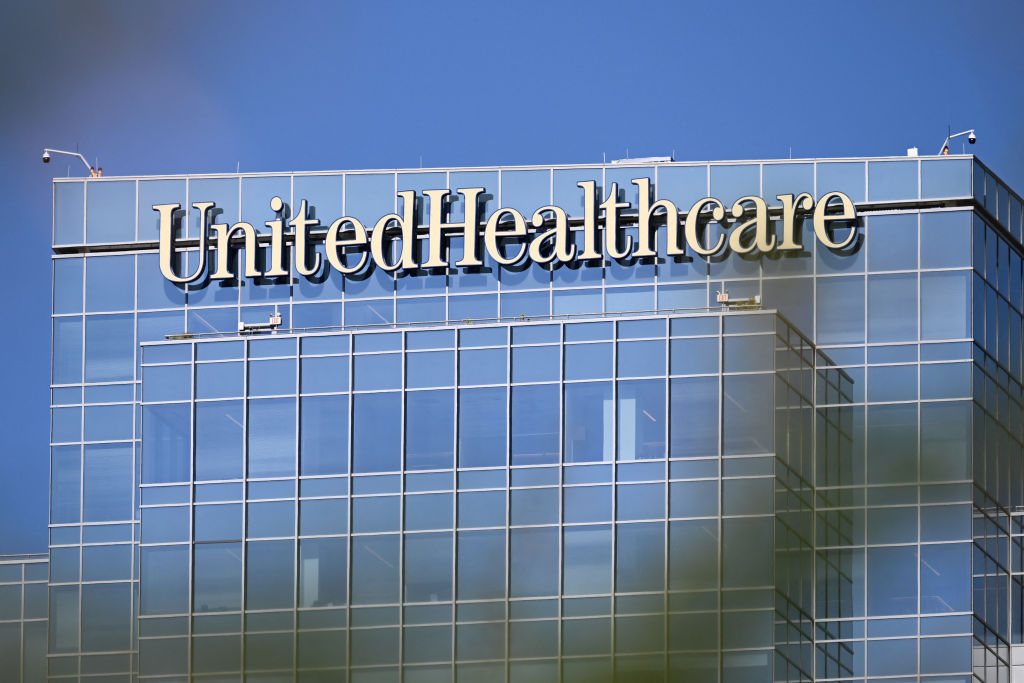Stocks With Great Dividends
Barring economic catastrophe, these solid companies should be able to continue sending shareholders generous checks.

Hundreds of widely held stocks are priced so low that their quotes seem like misprints. Because of that, many of these stocks are sporting unusually lavish dividend yields. Based on its October 17 closing price of $16.91, drug giant Pfizer (symbol PFE) yields a utility-like 7.6%. AT&T (T) yields 6.3%. Verizon (VZ) pays 6.8%, General Electric (GE) 6.3% and so on. Intel (INTC) yields 3.6%, huge for a technology stock.
All of the names listed above are members of the Dow Jones industrial average. Less-well-known companies offer dividend surprises as well. Steel Dynamics (STLD), a steel producer, yields 4.5% and Garmin (GRMN), the maker of GPS systems, pays 3.1%. Before 2008, both these stocks had performed magnificently this decade. This year they've been crushed.
Ocean-shipping stocks show a similar pattern. Shares of DHT Maritime (DHT), formerly Double Hull Tankers, yield 24% after its price tanked (sorry, couldn't' resist) from nearly $16 to $4.16 on October 17.
From just $107.88 $24.99 for Kiplinger Personal Finance
Become a smarter, better informed investor. Subscribe from just $107.88 $24.99, plus get up to 4 Special Issues

Sign up for Kiplinger’s Free Newsletters
Profit and prosper with the best of expert advice on investing, taxes, retirement, personal finance and more - straight to your e-mail.
Profit and prosper with the best of expert advice - straight to your e-mail.
Current tax law enhances the attractiveness of today's high dividend yields. At least through the end of 2010, the federal income-tax rate on qualified dividends-and dividends from all the companies in this article are considered qualified-remains just 15%.
But you need to take extra care when buying stocks with inflated yields. The big risk that you may be investing in a company that is seriously ill. An ultra-high-yield may be the market's way of saying that because of one problem or another, the underlying company may soon have to trim or even discontinue the dividend. That has certainly been true this year of big financial institutions, such as Bank of America (BAC) and Citigroup (C), both of which have cut their dividends. And because of the terms of the Treasury Department's plan to infuse big banks with capital from taxpayers, it's unlikely that the banks will be raising dividends anytime soon.
My suggestion instead is to troll Standard & Poor's list of dividend "aristocrats," companies that have raised their dividends for at least 25 consecutive years. But make sure you cross off banks and insurance companies; they're just too chancy. I'd also consider electric utilities even if they are not on the S&P list.
Focus on companies with low debt and high free cash flow. You want a payout ratio (dividends divided by earnings per share) of below 75% for utilities and below 50% (40% is better) for anything else. Stick with established powerhouses in industries that are unlikely to be under severe pressure in a recession. It's an especially good sign if a company increased its dividend in 2008.
Start with AT&T, a big deal now in wireless telephones. Because cell phones are no longer a mere luxury-some people have abandoned landline phones and use only a wireless device-I'd consider AT&T a utility. The company pays a 40-cent quarterly dividend, which it raised from 36 cents early in 2008. The $1.60 annual dividend is 55% of AT&T's estimated 2008 earnings of $2.93 a share and a bit more than half of 2009's mean forecast of $3.13 per share. But that's okay. We're not talking about a retailer or manufacturer of stuff no one really needs to buy immediately. AT&T has debt and generates substantial free cash flow. The stock, which closed October 17 at $25.29, 41% off its 52-week high, isn't a sure thing, but that 6.3% yield sure is enticing.
So is Pfizer. Over both the past five and ten years, the company has boosted its payout at annualized rate of 17%, according to Value Line. The dividend, at the current annual rate of $1.28 per share, represents a bit more than half of estimated 2009 earnings of $2.50 a share. Pfizer sits on more than $26 billion in cash and has little debt (it's one of just a handful of industrial companies with a triple-A credit rating).
Yes, it's hard to find a more frustrating blue chip -- Pfizer's stock has been trending down steadily since late 1999. But if you want a generous dividend check, 7.6% gets your attention. That's more than you get from most real estate investment trusts, electric utilities and high-grade corporate bonds. In fact, Pfizer's ten-year bonds yield just 5.5%.
Here are eight other high dividend-yielding stocks, all but two of them S&P aristocrats, that also pass my other tests. The payout ratios weigh the current annualized dividend rate against average analysts' earnings estimates for 2009. If the world economy enters a severe recession, analysts will reduce earnings estimates and investors are likely to beat these shares down even further. But barring economic catastrophe, the companies on this list should be able to maintain their dividend rates. For now, the payments are well-covered by even conservative guesses of next year's earnings. Each stock is well off its 52-week high (figures are as of the October 17 close):
3M (MMM), $56.49; yield, 3.5%; payout ratio, 35%
Consolidated Edison (ED), $39.15, 6.0%, 74%
Dover (DOV), $31.10, 3.2%, 27%
Emerson Electric (EMR), $34.04, 3.5%, 36%
Johnson & Johnson (JNJ), $62.65, 2.9%, 39%
Lilly (LLY), $32.20, 5.8%, 43%
Nokia (NOK), $16.83, 4.6%, 36%
Stanley Works (SWK), $34.81, 3.7%, 32%
Profit and prosper with the best of Kiplinger's advice on investing, taxes, retirement, personal finance and much more. Delivered daily. Enter your email in the box and click Sign Me Up.

Kosnett is the editor of Kiplinger Investing for Income and writes the "Cash in Hand" column for Kiplinger Personal Finance. He is an income-investing expert who covers bonds, real estate investment trusts, oil and gas income deals, dividend stocks and anything else that pays interest and dividends. He joined Kiplinger in 1981 after six years in newspapers, including the Baltimore Sun. He is a 1976 journalism graduate from the Medill School at Northwestern University and completed an executive program at the Carnegie-Mellon University business school in 1978.
-
 Got $100 to Gamble? These Penny Stocks Could Be Worth the Ride
Got $100 to Gamble? These Penny Stocks Could Be Worth the RideVolatile penny stocks are high-risk plays with potentially high rewards. If you have $100 you can afford to lose, these three names are worth a look.
-
 Being an Executor is a Thankless Job: Do It Well Anyway
Being an Executor is a Thankless Job: Do It Well AnywayYou can be a "good" executor of an estate, even though carrying out someone's final wishes can be challenging.
-
 Question: Are You Planning for a 20- or 30-Year Retirement?
Question: Are You Planning for a 20- or 30-Year Retirement?You probably should be planning for a much longer retirement than you are. To avoid running out of retirement savings, you really need to make a plan.
-
 If You'd Put $1,000 Into Coca-Cola Stock 20 Years Ago, Here's What You'd Have Today
If You'd Put $1,000 Into Coca-Cola Stock 20 Years Ago, Here's What You'd Have TodayEven with its reliable dividend growth and generous stock buybacks, Coca-Cola has underperformed the broad market in the long term.
-
 If You Put $1,000 into Qualcomm Stock 20 Years Ago, Here's What You Would Have Today
If You Put $1,000 into Qualcomm Stock 20 Years Ago, Here's What You Would Have TodayQualcomm stock has been a big disappointment for truly long-term investors.
-
 If You'd Put $1,000 Into Home Depot Stock 20 Years Ago, Here's What You'd Have Today
If You'd Put $1,000 Into Home Depot Stock 20 Years Ago, Here's What You'd Have TodayHome Depot stock has been a buy-and-hold banger for truly long-term investors.
-
 S&P 500 Sees New Highs on Shutdown Day: Stock Market Today
S&P 500 Sees New Highs on Shutdown Day: Stock Market TodayMost of its components were in the red, but the S&P 500 Index still managed to hit a new intraday all-time high.
-
 If You'd Put $1,000 Into Bank of America Stock 20 Years Ago, Here's What You'd Have Today
If You'd Put $1,000 Into Bank of America Stock 20 Years Ago, Here's What You'd Have TodayBank of America stock has been a massive buy-and-hold bust.
-

 If You'd Put $1,000 Into Oracle Stock 20 Years Ago, Here's What You'd Have Today
If You'd Put $1,000 Into Oracle Stock 20 Years Ago, Here's What You'd Have TodayORCL Oracle stock has been an outstanding buy-and-hold bet for decades.
-
 If You'd Put $1,000 Into Sherwin-Williams Stock 20 Years Ago, Here's What You'd Have Today
If You'd Put $1,000 Into Sherwin-Williams Stock 20 Years Ago, Here's What You'd Have TodaySherwin-Williams stock has clobbered the broader market by a wide margin for a long time.
-
 If You'd Put $1,000 Into UnitedHealth Group Stock 20 Years Ago, Here's What You'd Have Today
If You'd Put $1,000 Into UnitedHealth Group Stock 20 Years Ago, Here's What You'd Have TodayUNH stock was a massive market beater for ages — until it wasn't.